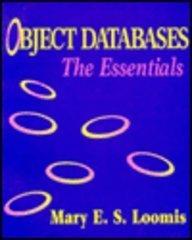Question
Suppose that the channel connecting the sender and receiver can corrupt but not lose or reorder packets. Now consider the figure below, which shows four
Suppose that the channel connecting the sender and receiver can corrupt but not lose or reorder packets. Now consider the figure below, which shows four data packets and three corresponding ACKs being exchanged between a rdt 2.2 sender and receiver. The actual corruption or successful transmission/reception of a packet is indicated by the corrupt and OK labels, respectively.
1. At time t=0, what is the sender state? 2. At time t=0, what is the receiver state? 3. At time t=0, what is the sequence/ack # of the packet? 4. At time t=1, what is the sender state? 5. At time t=1, what is the receiver state? 6. At time t=1, what is the sequence/ack # of the packet? 7. At time t=2, what is the sender state? 8. At time t=2, what is the receiver state? 9. At time t=2, what is the sequence/ack # of the packet? 10. At time t=3, what is the sender state? 11. At time t=3, what is the receiver state? 12. At time t=3, what is the sequence/ack # of the packet? 13. How many times is the payload of the received packet passed up to the higher layer?
sender receiver OK t = 0 data OK t=1
Step by Step Solution
There are 3 Steps involved in it
Step: 1

Get Instant Access to Expert-Tailored Solutions
See step-by-step solutions with expert insights and AI powered tools for academic success
Step: 2

Step: 3

Ace Your Homework with AI
Get the answers you need in no time with our AI-driven, step-by-step assistance
Get Started


